BPC Builds Award-Winning
Certified Passive House Homes
In Western Connecticut and the Adjacent Areas of New York
What is a Certified Passive House?
A certified Passive House is a home built to one of the most energy-efficient green home building standards, even without the home using solar panels. By adding a modest array of photovoltaic solar panels, certified passive homes can easily become Net Zero Energy Homes.
A home built to Passive House standards, but isn’t certified, can’t technically be called a Passive House. Part of being a Passive House is that it is third party inspected, rated, and then certified as meeting requirements set by the Passive House Institute of the United States (PHIUS).
In Europe, Passivhaus is the term used for this type of home. More on that below.
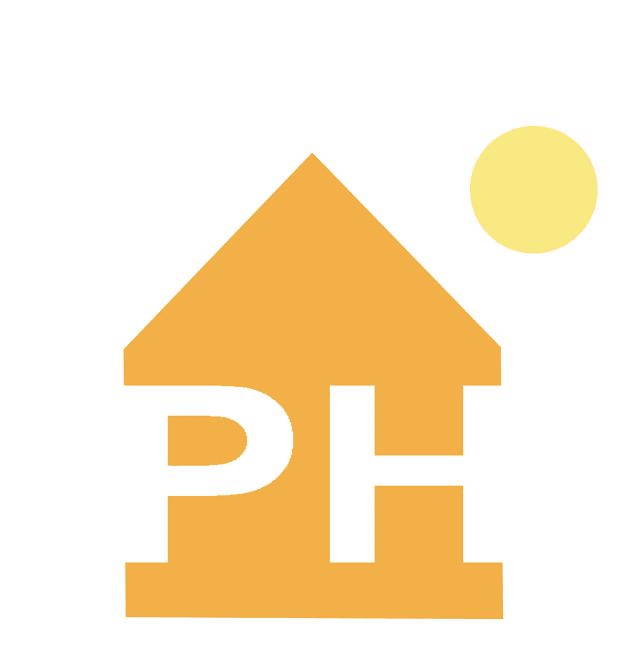
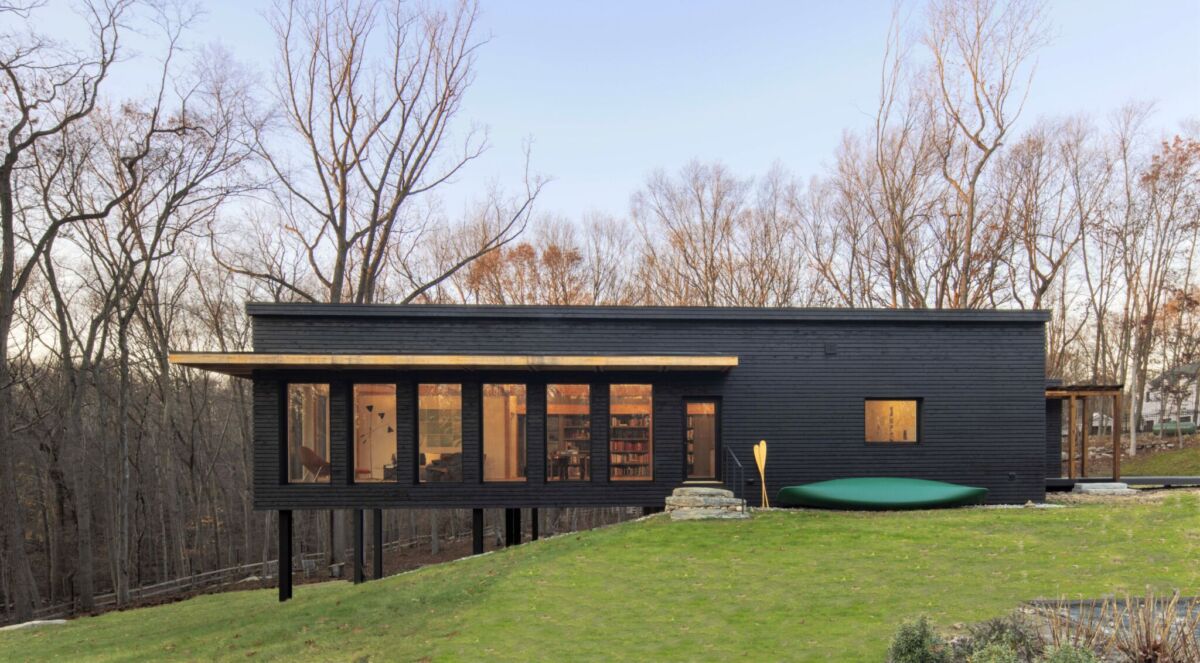
Passive House homes are super energy-efficient, comfortable, and healthy homes.
Why Build a Passive House Home?
Extreme Energy Efficiency
These high-performance homes are ultra insulated and extremely airtight, making them exceptionally energy efficient. Heating for these homes is supplied primarily by passive solar energy. Heat pump space heaters are supplemented by passive solar gain through windows oriented properly and by people and electrical equipment in the home. Mechanical cooling in a Passive House is also minimal, with window orientation and shading playing important roles.
Incredible Energy Savings
Because a passive home is so energy efficient, your new home will use as little as 34%* of the energy a conventional home uses. This means you can save up to 66% of what you would otherwise pay for energy. In Connecticut and New York, this can mean thousands of dollars of savings each year.
*The Home Energy Rating System (HERS) rating for a passive house can range from HERS 45 to <0. BPC has built homes with HERS ratings of 34 without the use of solar panels.
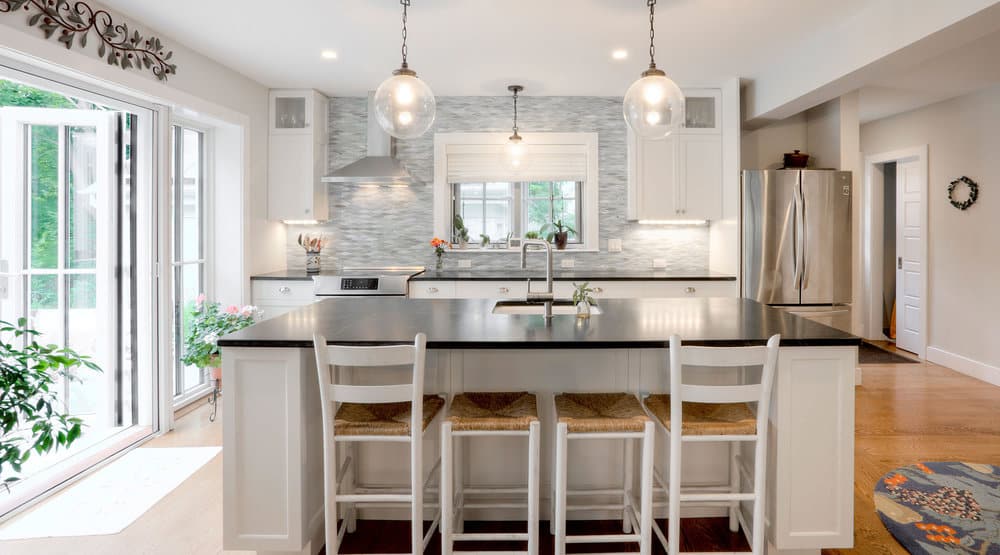
Certified Passive homes have low HERS scores with or without solar panels. This one has solar panels and has a HERS score of -17.
Great for Homes with (and without) Southern Exposure
Ideally, a passive home takes advantage of sunlight coming in through its south-facing windows for supplementing the heating system. However, these homes are so well insulated and air-tight that they are an excellent choice for heavily wooded areas as well. In these instances, the efficiency of the thermal envelope and heating system contribute to a greatly reduced requirement for operating energy.
Exceptionally Healthy & Comfortable
Passive homes are carefully engineered and ventilated to provide a constant supply of fresh filtered air. Vapor and air barriers under each home prevent radon gas from entering the home (and radon mitigation systems can also be used if needed). This means your home will be healthy and balanced for temperature and humidity.
Passive House certification requires the home to qualify for the US EPA Indoor airPLUS standard.
Quieter to Live In
Some of the same features that make passive homes energy efficient also help reduce outside noise pollution, making your home a more peaceful place to live.
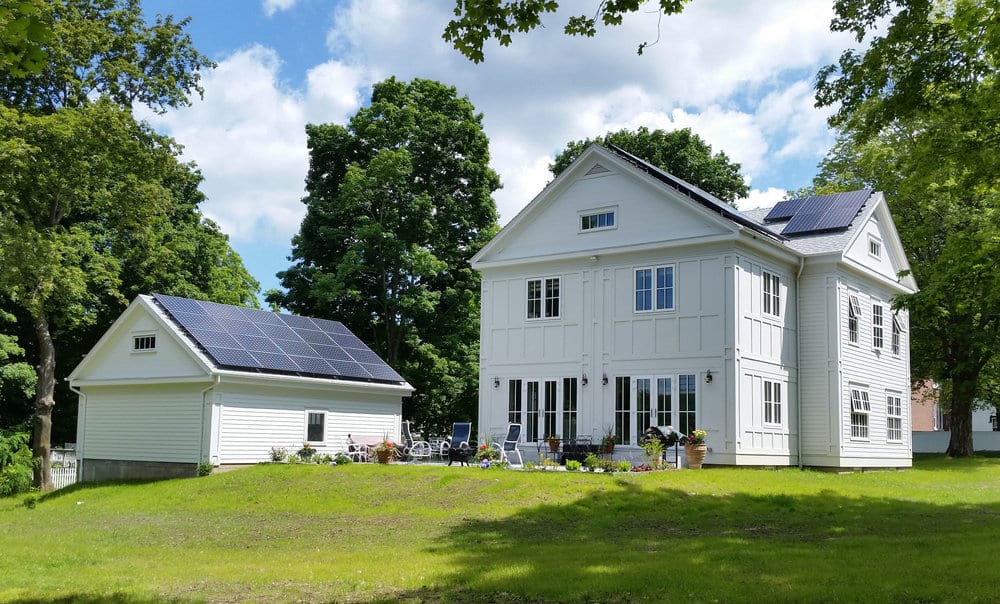
Passive homes make use of passive heating and cooling as well as have ultra insulated and virtually airtight building envelopes. This BPC home is both Passive House and LEED Platinum certified.
Sustainable and Eco-Friendly
.Certified Passive House homes are sustainable homes, which are environmentally friendly. They use less energy and help mitigate climate change.
Well-Built, Long-Lasting, and Durable Homes
Passive building certification uses building standards higher than both local and national building codes. This means these homes are very well built and resilient.
Dependable Lower Cost of Ownership
While a Passive House may cost a bit more to build, homeowners quickly recover these upfront costs because of the ongoing energy savings and financial benefits. Also, your home will be much less reliant on energy from utilities (if at all), protecting you from future increases in energy prices.
What’s the Difference Between a Passive House and Passivhaus?
In Europe, where the Passive House movement began, the name typically used for this type of home is Passivhaus.
In the US, Passive House certification programs for professionals and homes are run primarily by two different organizations: PHIUS and PHI*. Each has a slightly different program and standards. BPC primarily certifies to Passive House Institute US (PHIUS) standards, but we have been trained in both and can build to meet the requirements of either US program.
*In Europe, the program is run by the Passivhaus Institute (PHI) and the Passivhaus Trust. The other Passive House organization in the US is the North American Passive House Network (NAPHN), an affiliate of the International Passive House Association (iPHA). Some states have affiliate groups of the NAPHN.
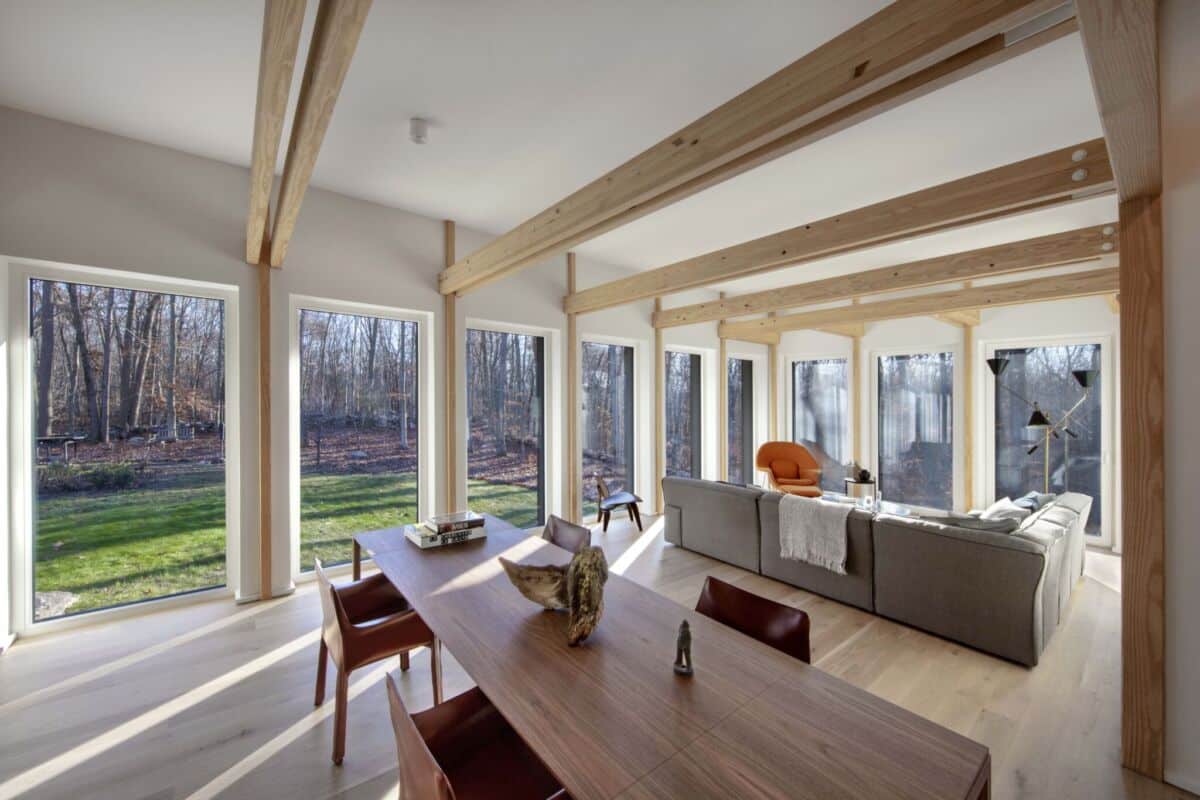
Passive homes make use of passive heating and cooling as well as have ultra insulated and virtually airtight building envelopes. Passive homes can have large windows to fill your home with light.
Western CT and Nearby NY’s Premier Passive House Builders
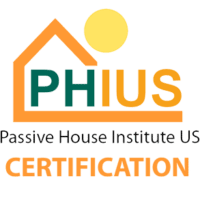
BPC Green Builders is one of a small number of Certified Passive House Consultants and Builders nationwide, and we built the very first PHIUS Certified Passive House in Connecticut! As one of the area’s first experts in “going green,” we combine years of real-world experience with today’s newest Passive House performance standards, building science, products, and materials.
In fact, one of our company principals, Mike Trolle, built and lives in a Passive home here in Connecticut. He has firsthand experience of the benefits of living in a custom home that is Passive House certified.
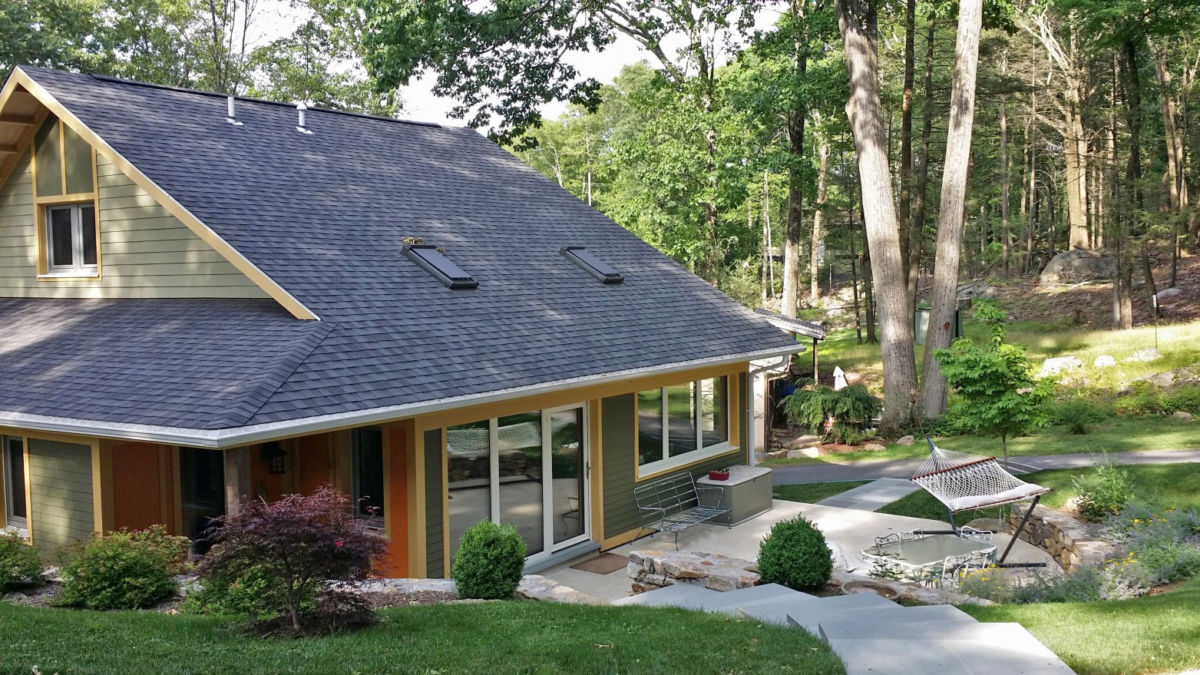
Even without solar panels this certified passive homes uses only about one-third the energy a conventional home of its size built to local building code would use.
Some of Our Passive House Projects
Click below to see some of the actual certified Passive House homes we’ve built!
Certain towns and cities in these counties:
Fairfield County, CT | Litchfield County, CT | New Haven County, CT: | Westchester, NY | Putnam, NY | Dutchess, NY

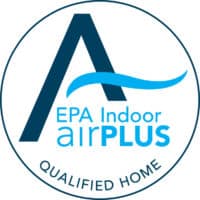
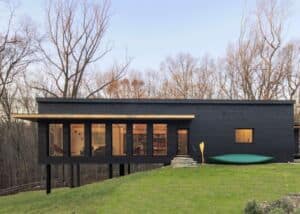
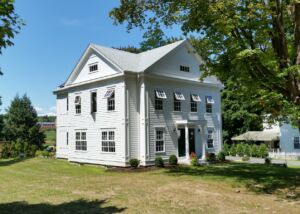
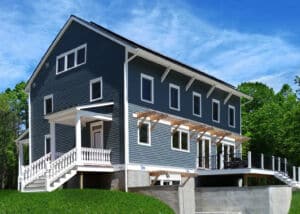
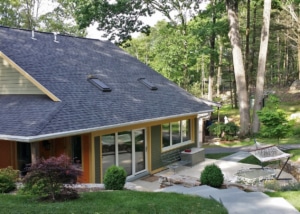
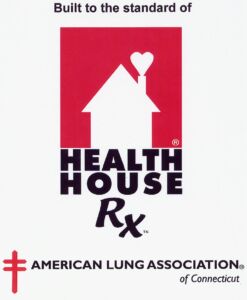
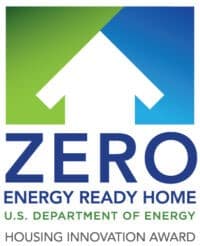
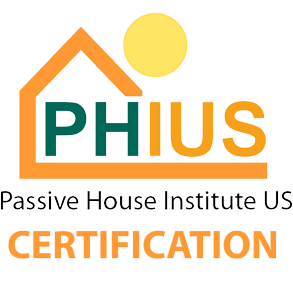
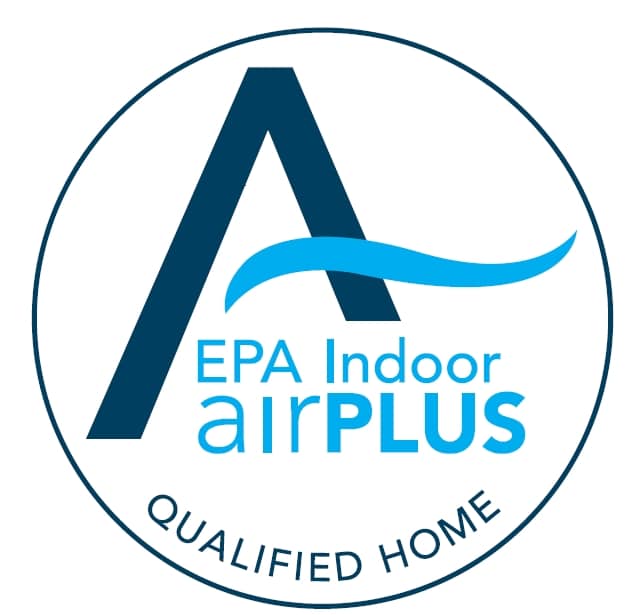
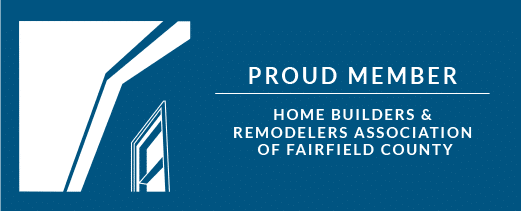
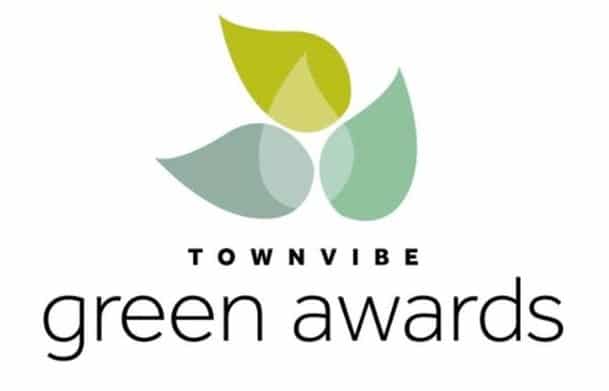
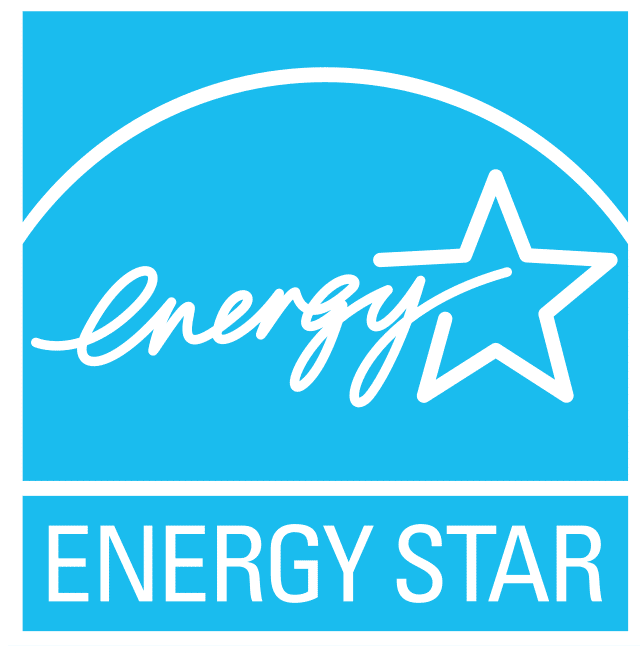
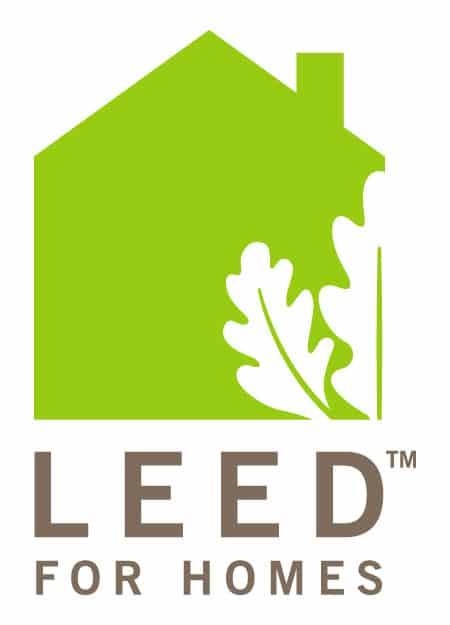





Get Social